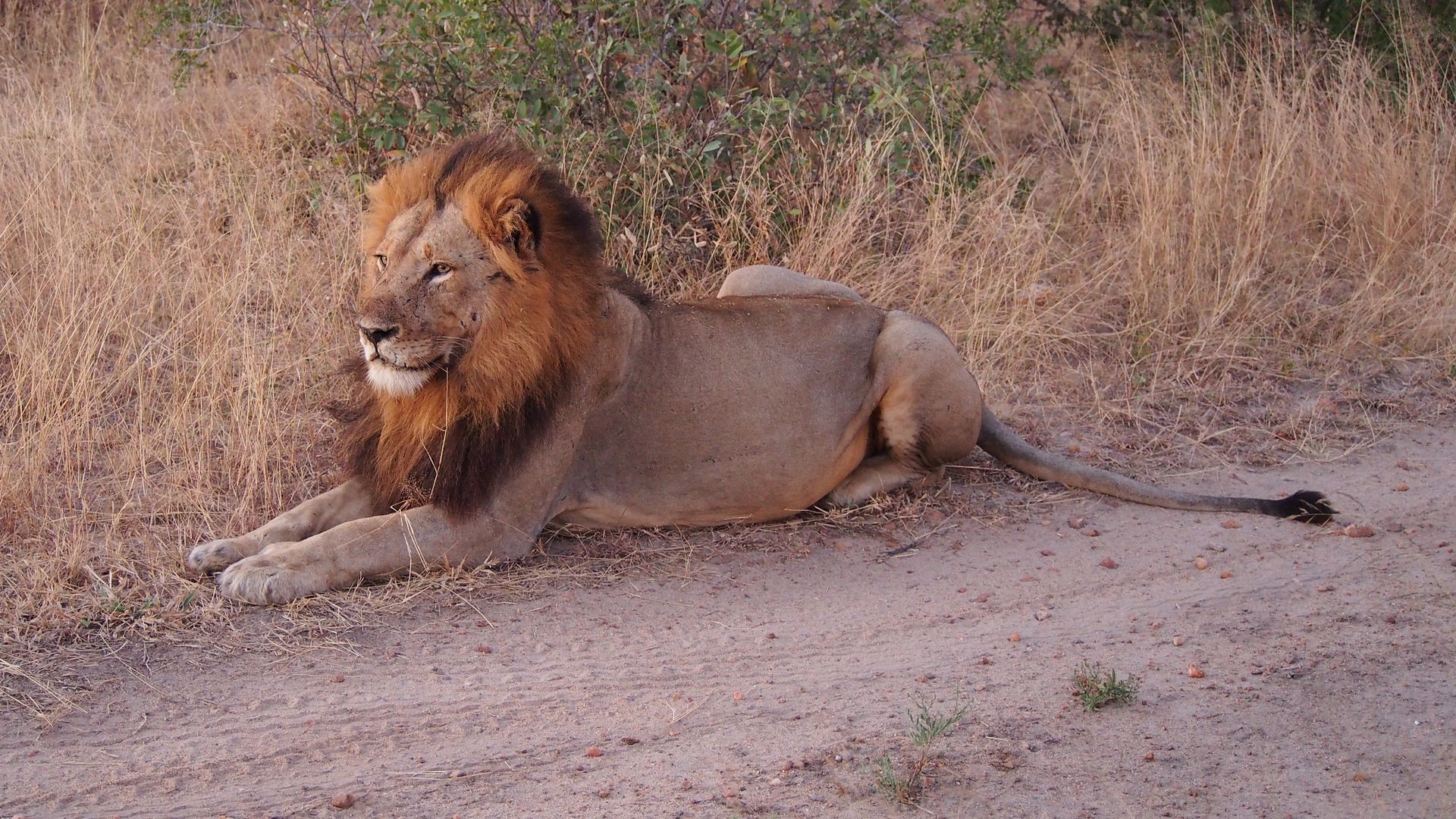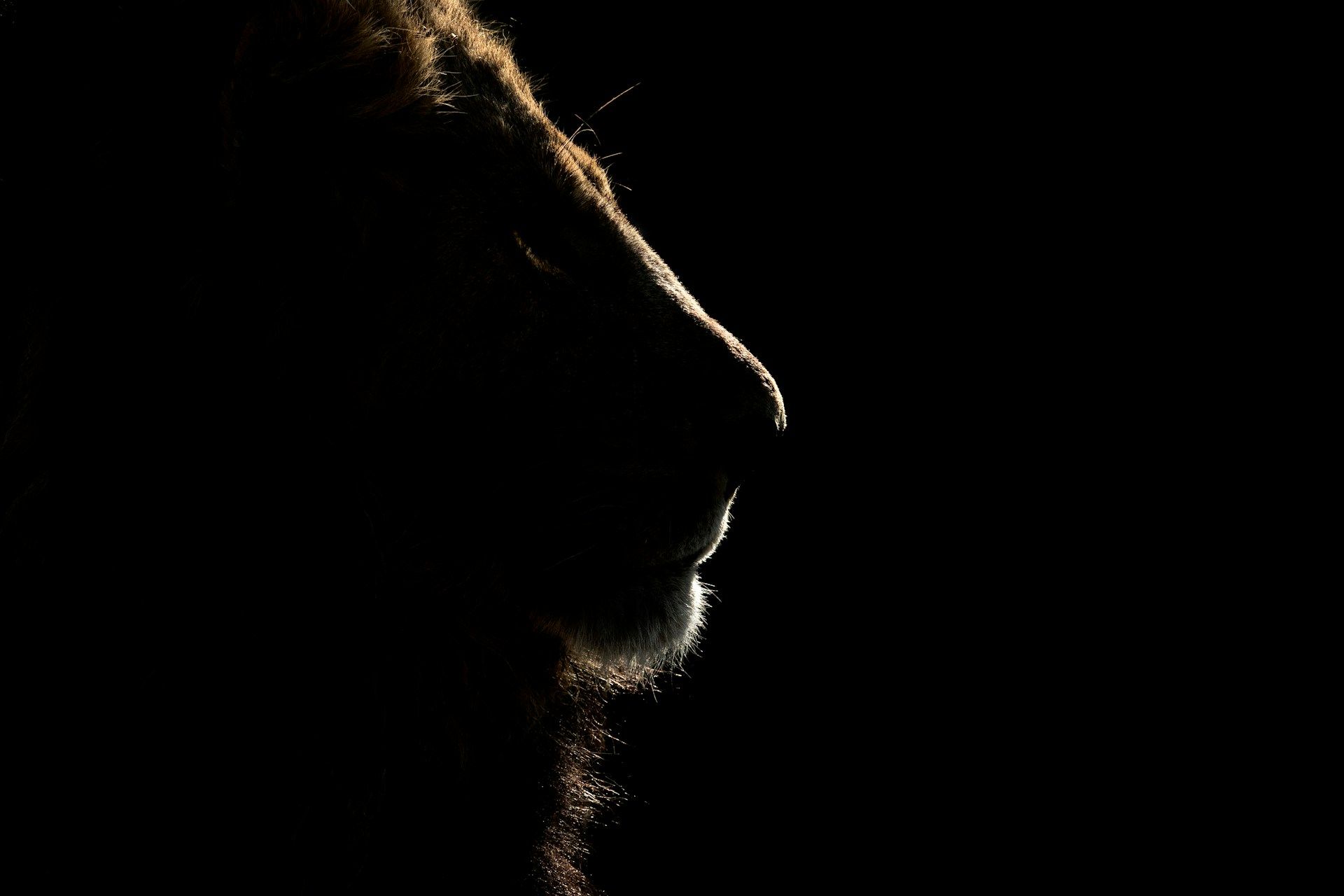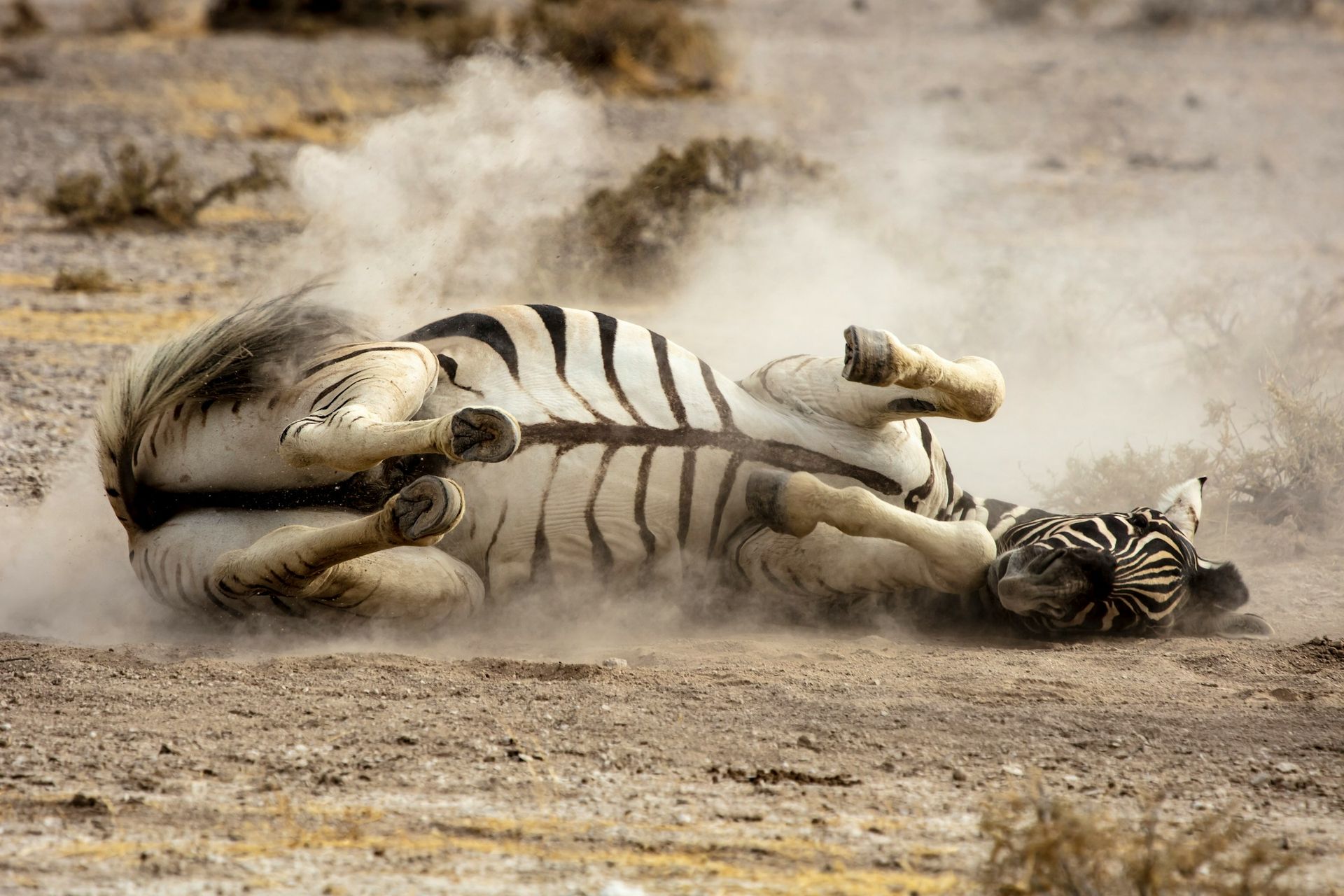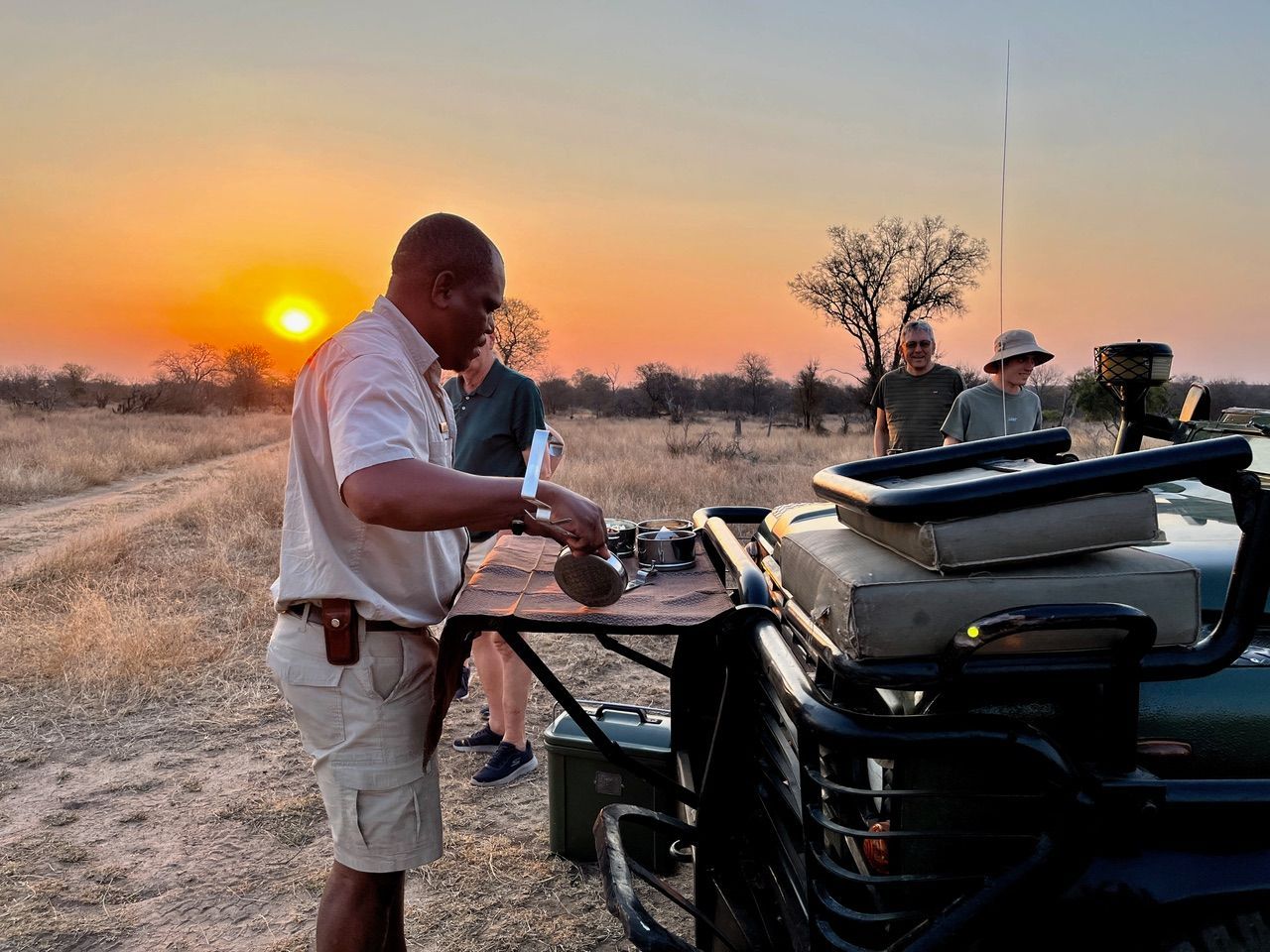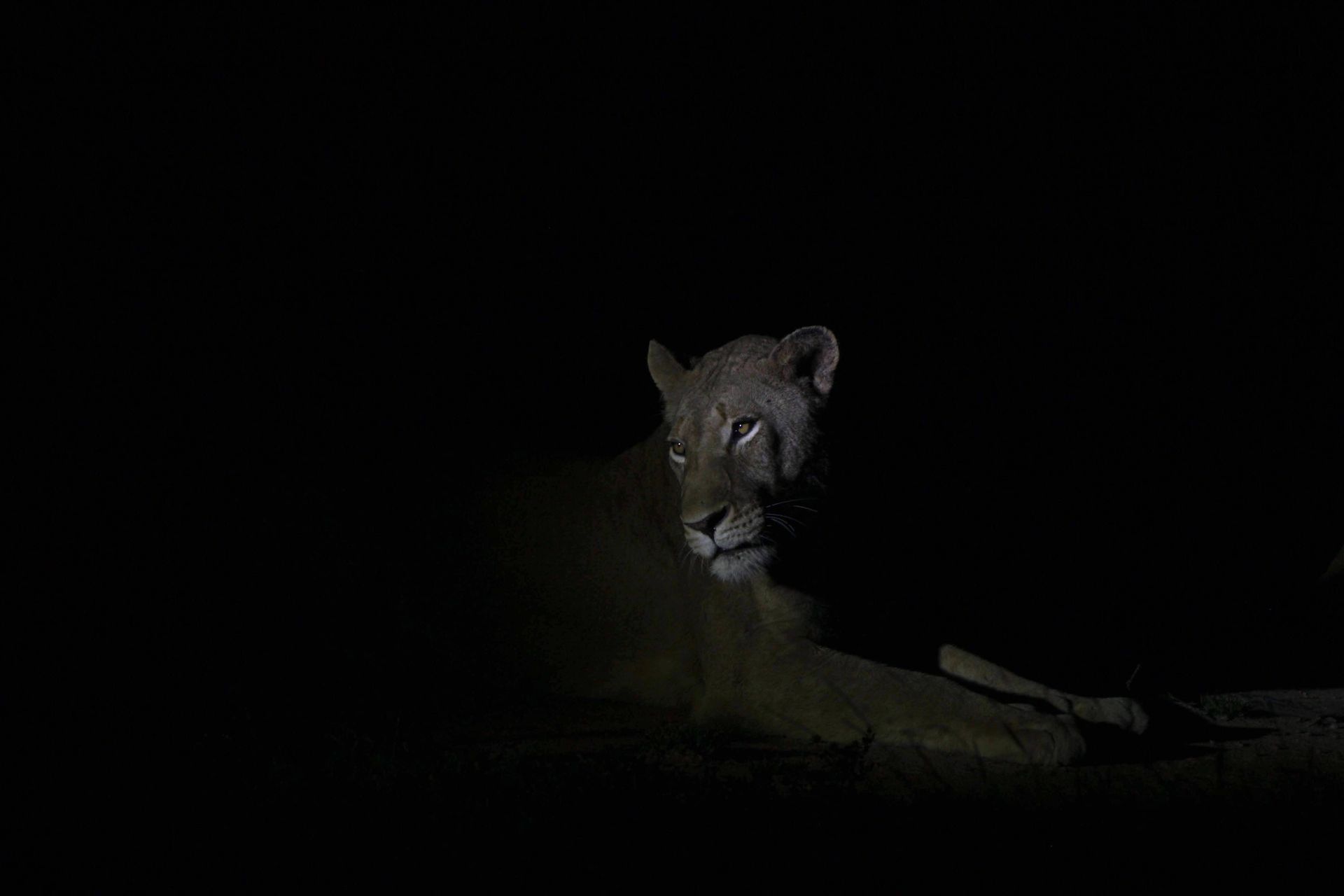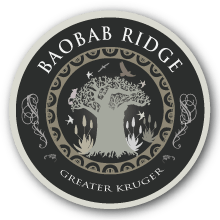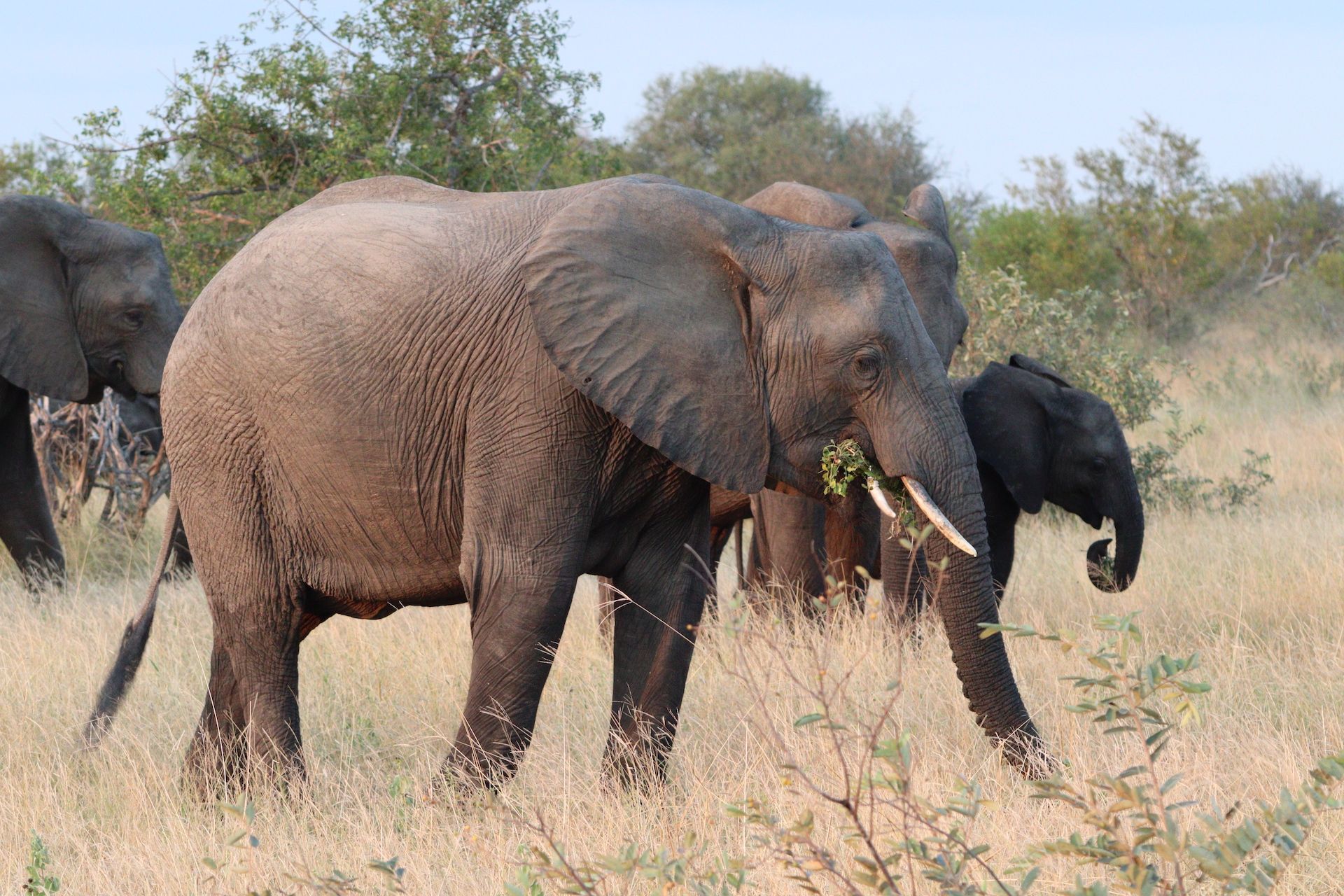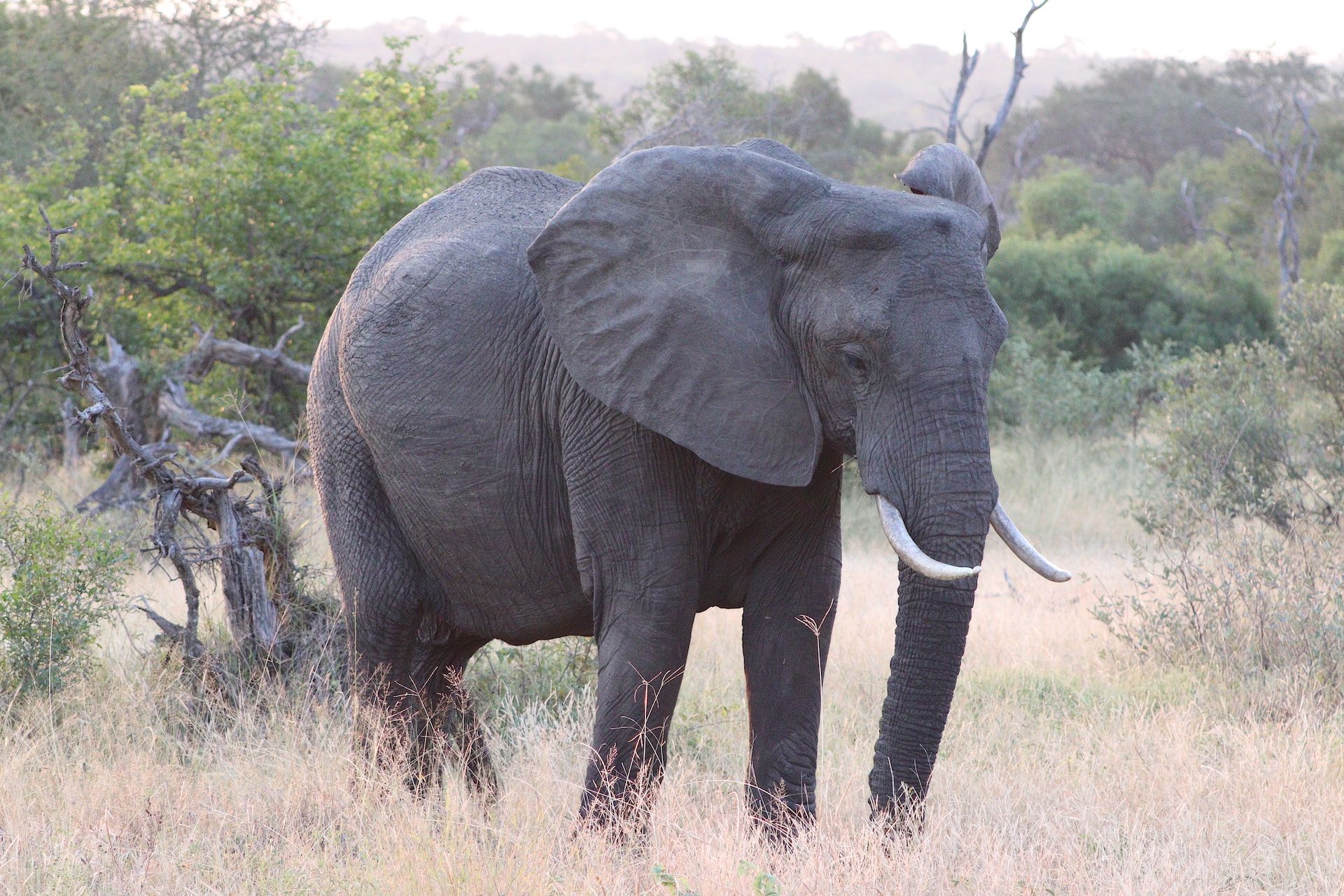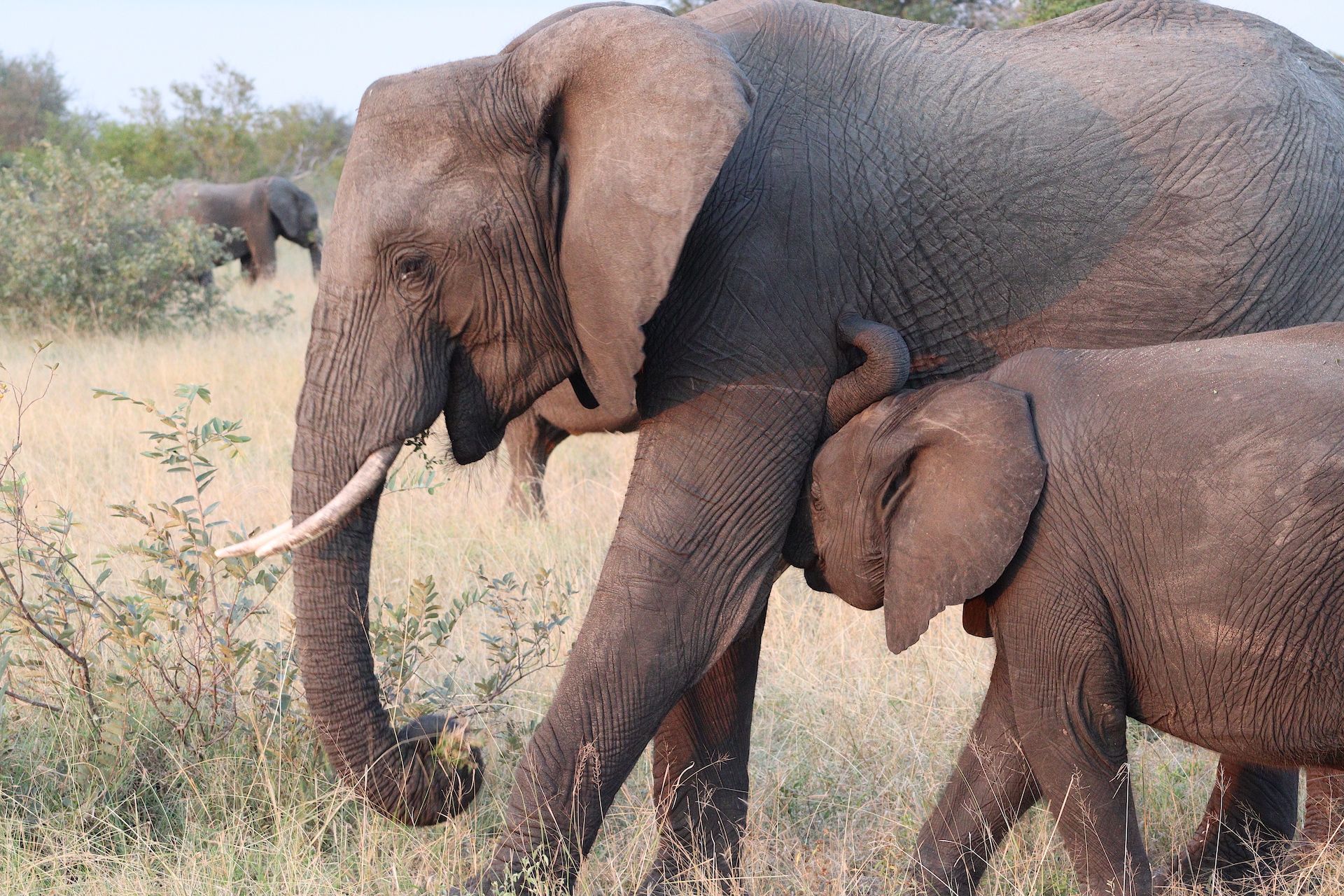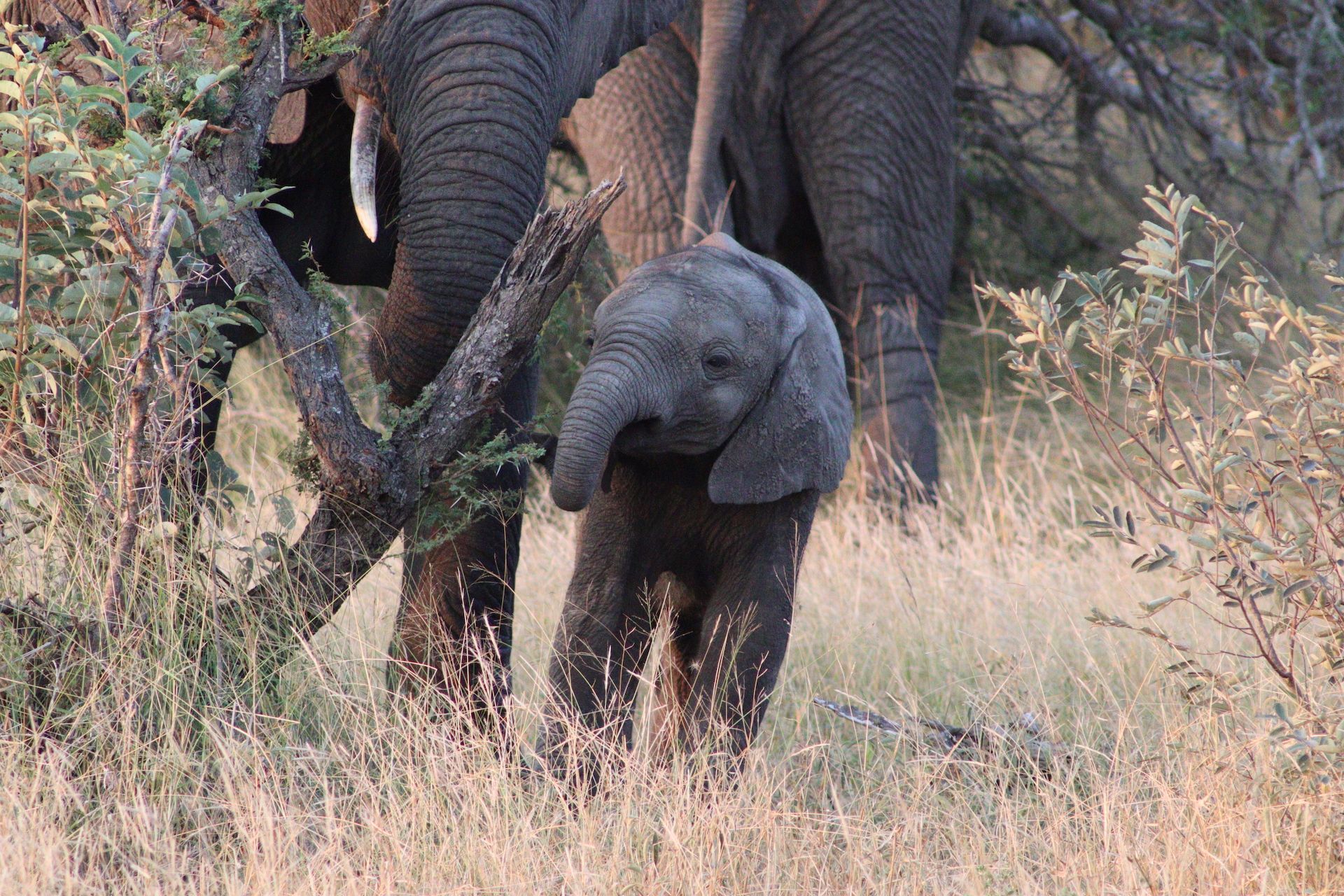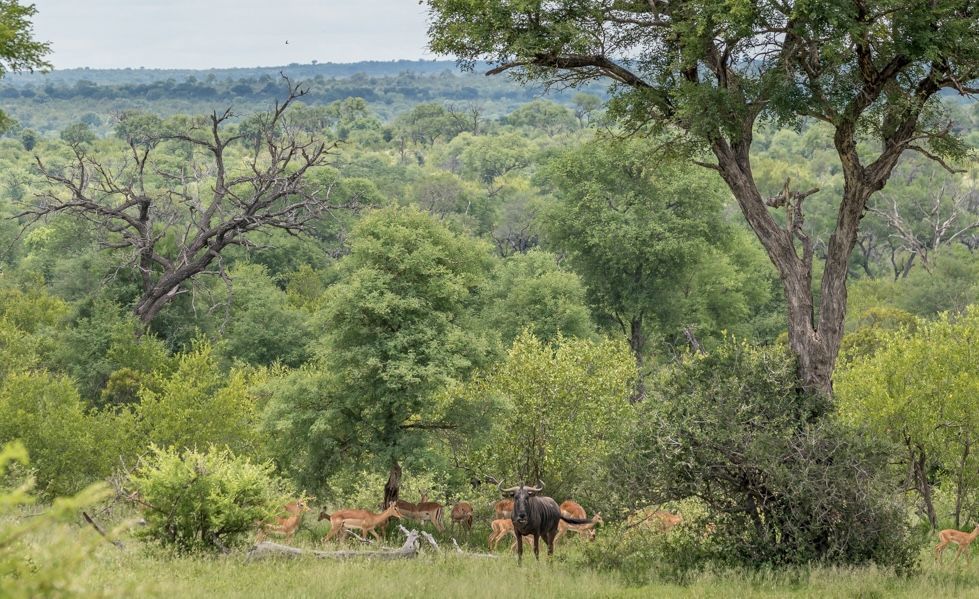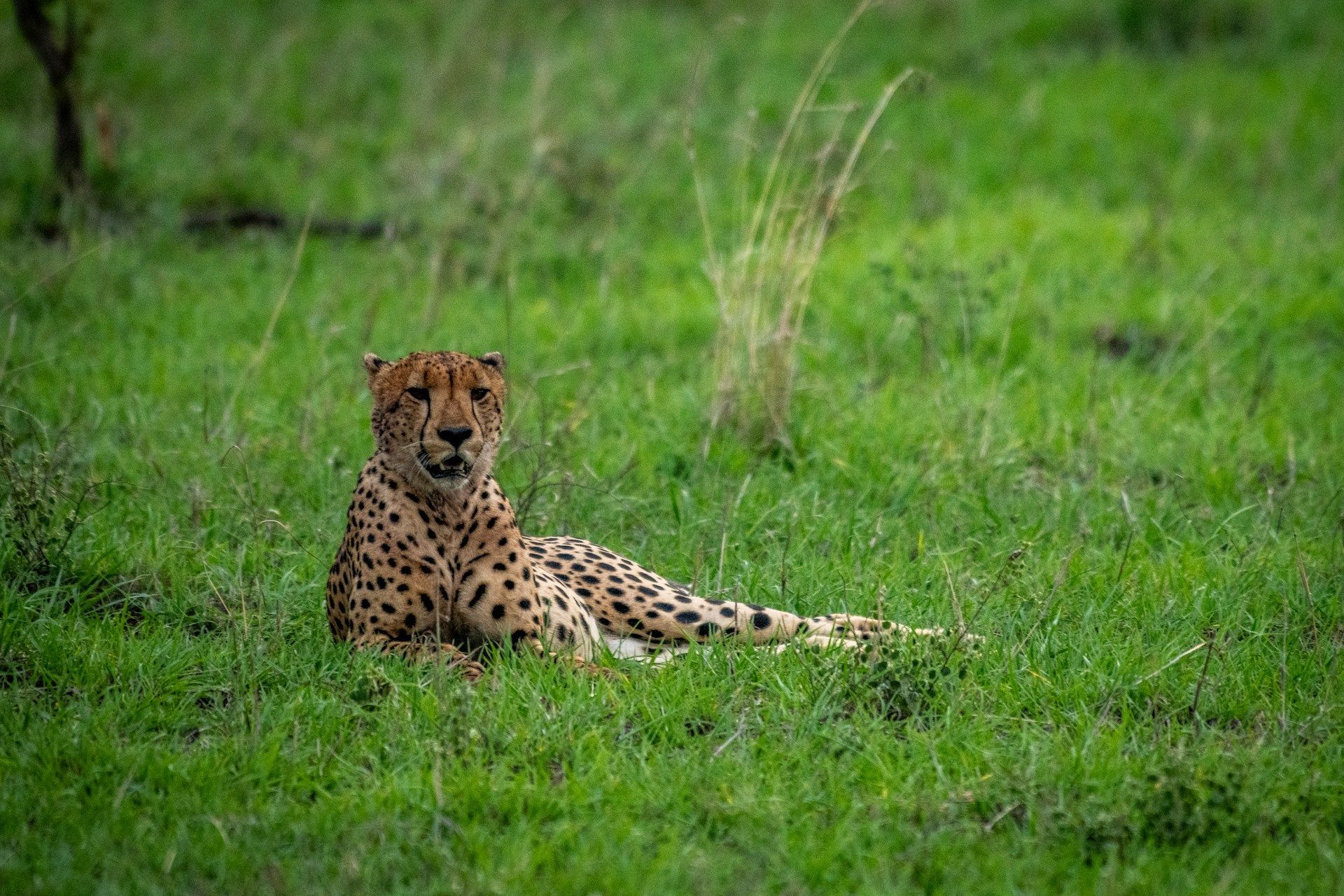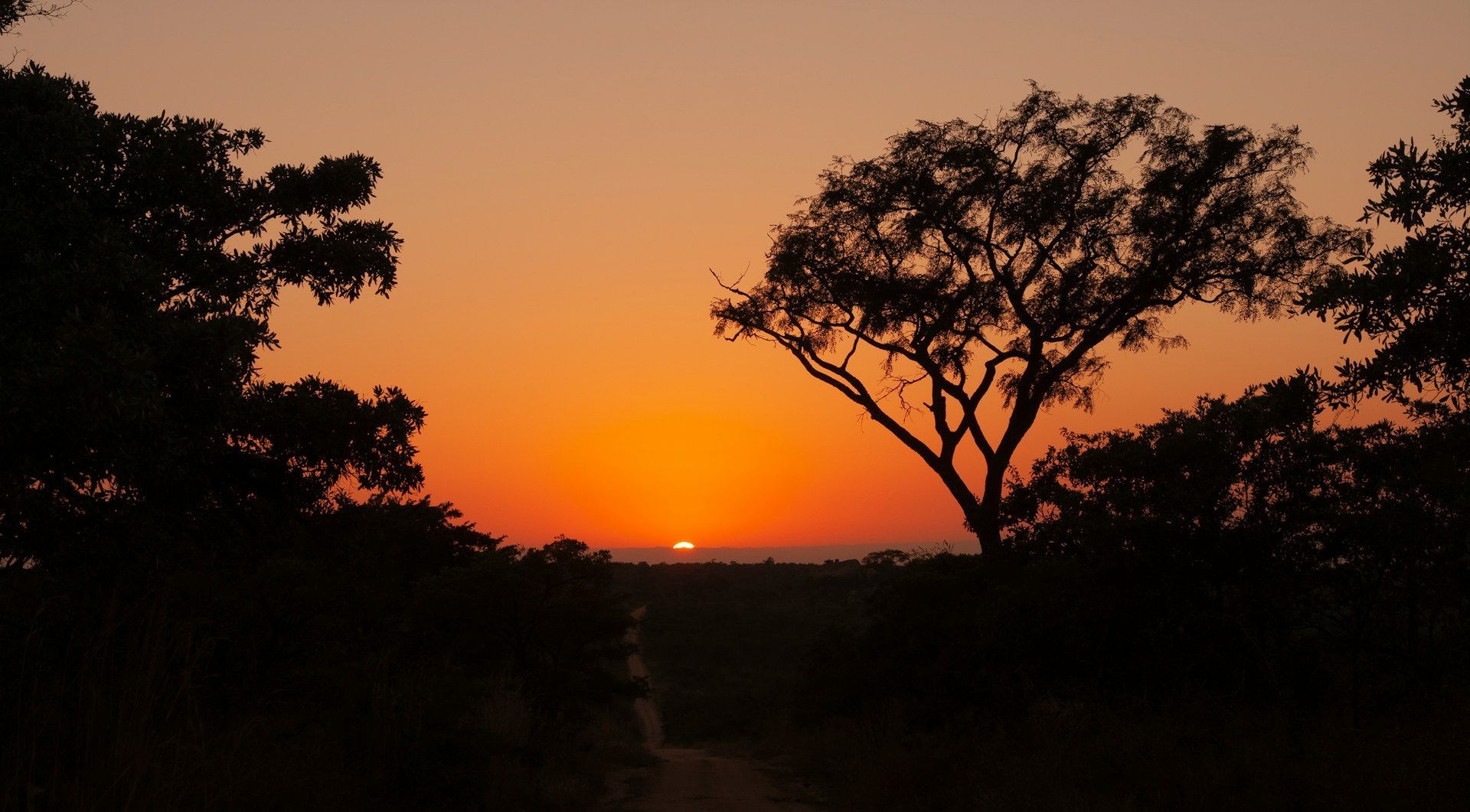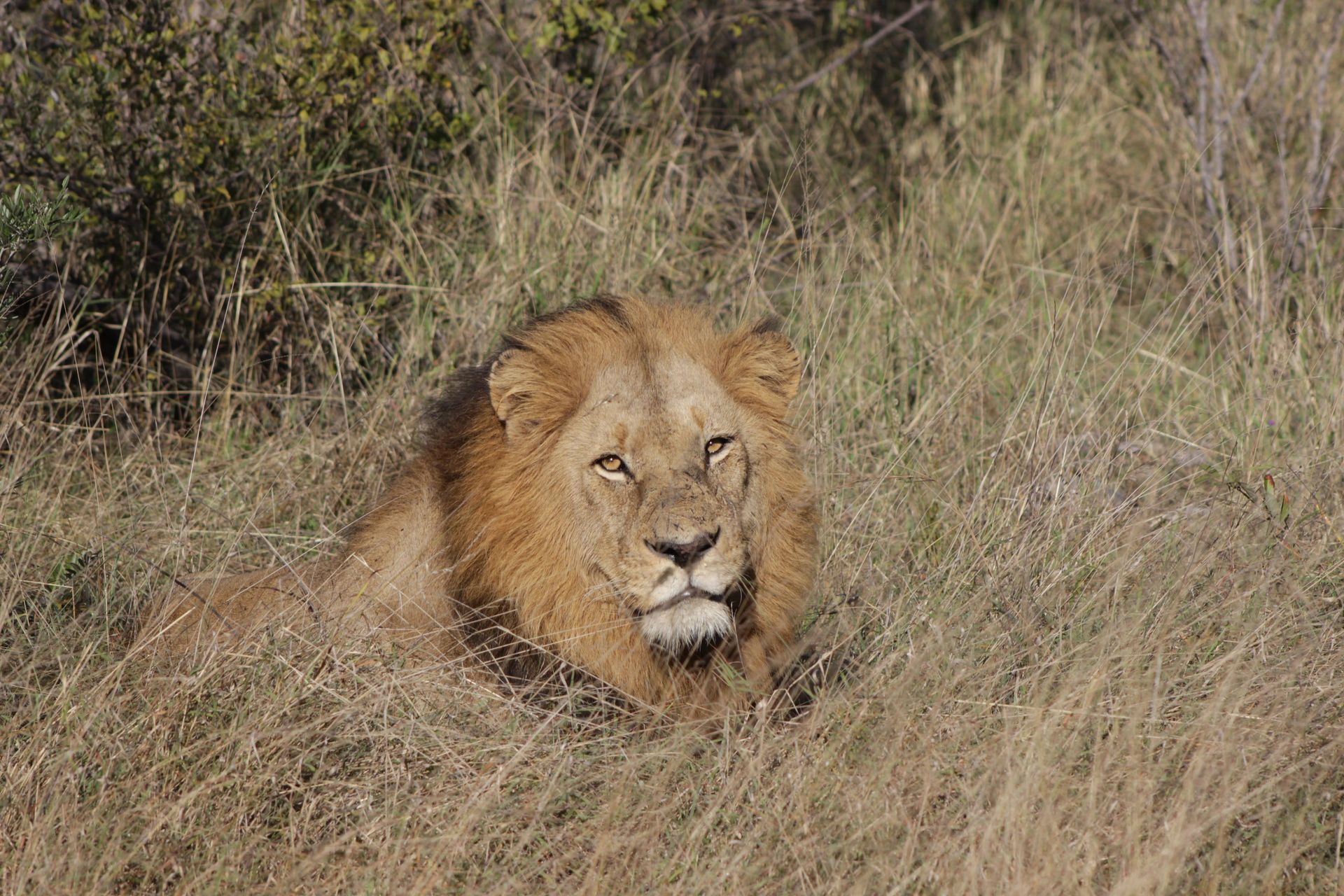Why we love elephants
Gentle giants at heart
There's nothing quite so humbling as being in the company of African elephants, observing their behaviour at close quarters and marvelling at their size, intelligence and emotional accumen. Quite simply, we LOVE elephants and are blessed to have these amazing creatures all around us here at Baobab Ridge...
The savannah or bush elephant - Loxodonta africana - is widespread throughout sub-Saharan Africa. It's the world's largest land animal and needs little introduction. It's a global icon and perhaps more than any other species epitomises the spirit of the African wilderness. Enormously strong and yet incredibly gentle, especially where family and young are concerned, the African elephant's social structure is sophisticated and built around a dominant female, or cow, known as a matriarch.
She is the head of the herd, as well as being a repository of wisdom and knowledge passed on from generation to generation about important things like sources of water and the best feeding grounds - the two things elephant life revolves around.
Elephants only digest around 40% of everything they eat - things like grasses, leaves, shrubs, seed pods fruit and trees - which means that they need to feed virtually all day to keep up their energy levels. They also need to drink up to 200l of water a day, so tend to move between rivers, waterholes, and dams on a regular basis. When water is in short supply during our dry season, elephants will often dig for it in dry riverbed, being able to smell it underground, using their feet, tusks and trunks to excavate down to it.
Elephant family groups or breeding herds consist of related females and their offspring. Bulls leave the family unit when they reach sexual maturity at around 12 years old and they form bachelor groups, often in the company of an adult bull, who literally shows them how to behave. Adult bulls tend to be more solitary, forming loose associations with other adults and often shadowing breeding herds when females are in oestrus.
Adult elephant bulls are massive and can weigh between four and six tonnes, standing as tall as 4m at the shoulder. Cows are slightly smaller, with weights ranging from 2,7 to 3,6 tonnes. The trunk is perhaps their most iconic feature and serves multiple functions, such as feeding, drinking, communication, and the manipulation of objects.
Both bulls and cows can have tusks, which are elongated incisor teeth that continue to grow throughout their lives. Tusks play a role in various activities like digging, foraging, and defence. Unfortunately, these tusks have also made elephants a target for poaching due to the demand for ivory.
African elephants have large ears that are shaped, appropriately, somewhat like the African continent. Their ears serve as a cooling mechanism when they flap them, helping to regulate their body temperature in the hot African summer. You can find Africa's elephants in a wide range of habitats, including savannahs, woodland, grasslands, and even deserts. A special sub-species - the African forest elephant (Loxodonta cyclotis) lives in the rainforests of central Africa's Congo Basin.
Elephants communicate using a range of vocalisations, such as trumpeting, rumbling, and roaring. They also use nonverbal cues like body language and physical contact to convey emotions and information. They use sub-sonic rumbles to stay in touch over huge distances. The soles of their feet consist of a large, fatty pad that can detect these frequencies reverberating through the ground.
Sadly, we are losing African elephants at an alarming rate. They face significant threats, including habitat loss, human-wildlife conflict, and most notably, poaching for their ivory. They are listed as vulnerable (savanna elephants) and endangered (forest elephants) by the International Union for Conservation of Nature (IUCN).
Here in the Klaserie our elephants are part of a meta population that moves between our reserve and the rest of the Greater Kruger National Park region. They are well-protected, thanks to our collective anti-poaching initiatives that are themselves part of ongoing regional efforts to monitor and conserve them.
